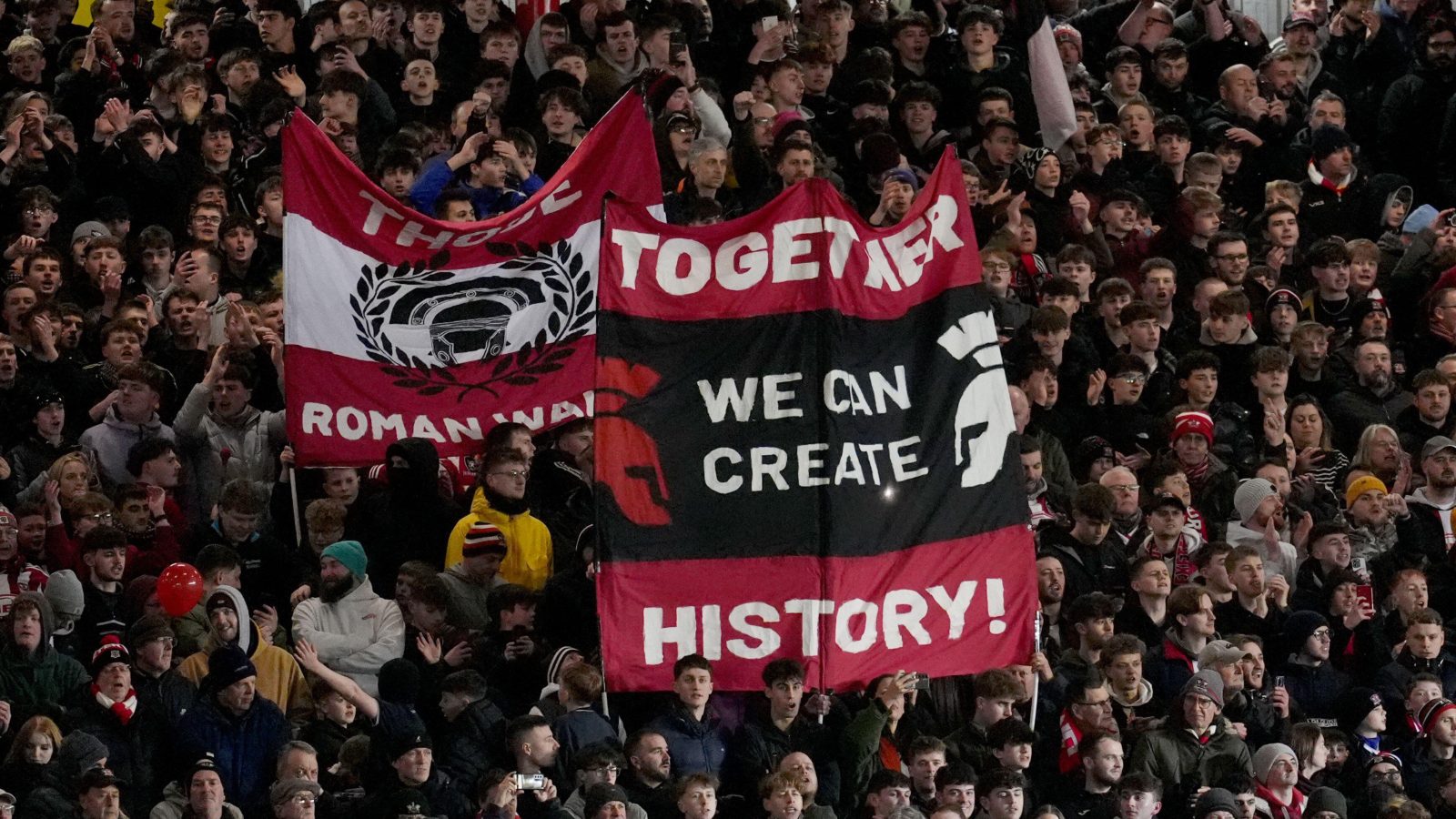Physical Address
304 North Cardinal St.
Dorchester Center, MA 02124
Physical Address
304 North Cardinal St.
Dorchester Center, MA 02124


When Exeter City faced relegation from the Football League in the spring of 2003, their fate was sealed. Debts of more than $4 million, directors under arrest and an urgent need for a stadium spelled doom for a club that once rested on Devon’s football landscape.
Then there’s one of English football’s most remarkable and understated success stories: maintaining fan ownership and historical ideals, as well as supporters taking control of and leading the Football League.
The story began in May 2000 with the establishment of the Exeter City Supporters’ Trust (ECST). Initially created to ‘help pay a player’s salary’, the trust quickly changed tack when the club’s governance proved opaque and unstable.
By February 2003, this momentum was dismissed as unfounded: 22 Trust members voted to change the constitution from the club’s mere ‘support’. And it was a timely intervention. In May of that year, Exeter were relegated to the Conference and three senior figures associated with the club were arrested in an investigation into financial irregularities.
At the time the owner at the time, Ivor Dibble, told the Trust that he was the day-to-day running of the club. By September 2003, the trust had purchased a majority stake – reportedly for around £20,000, a sum which bought control but also saw them incur a staggering £4.5 million in debt.
To stabilize the club, a company voluntary arrangement (CVA) was negotiated, accepting around 7.1p in the pound for creditors. The home ground, St James’ Park, needed immediate attention. The Trust organized volunteer work parties to renew the roofs, repaint and bring the stadium up to playing standards.
Crucially, the new board made a strategic decision that marked Exeter’s future: they protected the academy. It turned out to be one of the cleverest pivots in Exeter’s modern story. The club became a talent factory, producing players who would be drafted and sold.
From these dark times the club began to rebuild. The famous FA Cup tie against Manchester United in January 2005. In June 2008, the trust’s membership passed 2,500.
On the pitch, results slowly followed. After years in the Conference, Exeter regained Football League status in 2008 with promotion from League Two. A promotion to League One took place in 2016. The club’s steady ascent is a reflection of the board’s policy: modest budgets, shrewd recruitment, academy development and avoidance of the financial perks that cost so many clubs so much.
In September 2023 the club celebrated 20 years of trust ownership. Elaine Davies, a volunteer at the club and director at the time, told ITV News: “When things started to go pear-shaped, the thought that the idea might be too much. We knew we had to save it for the city.” And chairman Nick Hawker added: “The progress we’ve made over the last 20 years is really significant.”
Financial reports reinforce success. The club and the trust announced in February 2021 that Exeter had repaid an $830,058 interest-free loan from the trust, demonstrating not just survival but principle in practice. In an era when clubs like Bury, Bolton and others have collapsed during the financial collapse, Exeter’s model stands out as one of sustainability and supporter engagement.
Of course, the journey hasn’t been without headaches. In June 2014 Exeter accepted a short-term £100,000 loan from the Professional Footballers’ Association (PFA) to help with running costs, which criticized the trust’s governance. The club’s board was restructured and the trust increased its representation on the board to 50%. But rather than this being evidence of failure, the transparency and willingness to restructure itself is an example of the corporate maturity that the Trust has brought to the club.
Today Exeter is the most notable example of fan ownership in Britain. The trust’s ‘review’ has been reported to be over $2 million since 2003 and volunteer time is estimated at 250,000 per year. Membership is strong. As the club said in 2023, ‘around 3,700 Exeter City supporters retain their faith in and continue to support the trust’s ownership model’.
The club has built a reputation for developing talent and nurturing the modern game. As Tom Greatricks, vice-chair of the Football Supporters’ Association, reflected in 2021: “The next time someone claims stability in football, I’ll point them in the direction of Exeter City where the supporters have helped build a thriving community club with a very competitive team.”
It is worth noting that the journey did not end when Exeter returned to the Football League. This model allowed them to once again climb, compete sensibly and improve the infrastructure without which they were executed in 2003. Maintaining fan influence through democratic representation – in recent years members of the Trust Board elected by around 4,300 members – ensures that accountability is built into the club’s governance.
In retrospect, the transition from bucket collections and voluntary labor to boardroom governance and sustainable business practice may have seemed impossible at a club with Exeter’s resources. Yet it happened.
When fans chant “we own our football club”, they’re not indulging in hyperbole: they mean it. The next chapters will further test the model: Can fan ownership be measured? Can the model thrive in League One? Can Exeter maintain their progress without abandoning these values? If history is a guide, the club will be in safe hands.
From the brink of extinction to the relative comfort of the EFL, Exeter City’s 20-year fan-owned journey is testament to what collective effort, passion and democracy can deliver in the modern game.
To learn more about the Pledge and how you can commit your club to eliminating sustainability standards, visit pledgeball.org.